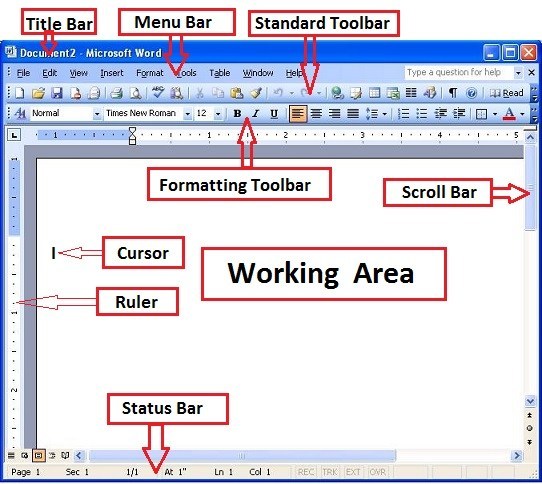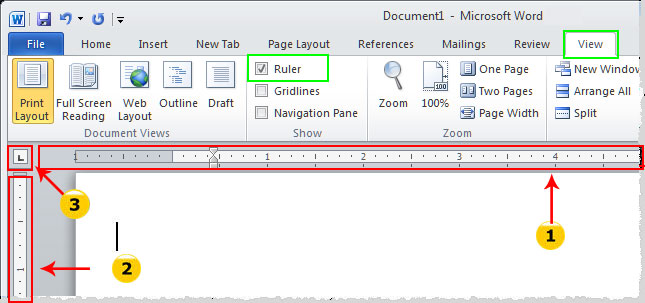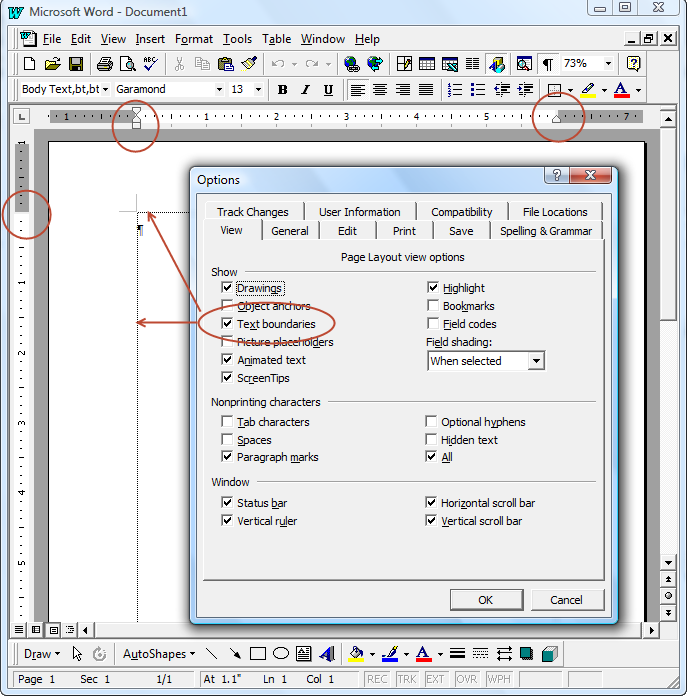

You’ll notice, as you start typing in the third column with the right tab, that your letters move to the left to keep the alignment of the column on the right. Now all that’s left is to type the data into the respective columns: typing the surname first, hitting the Tab key to go to the Hire Date column at the 1-inch mark and typing a date, then hitting the Tab key again to bring the cursor to the 3.5-inch mark to begin typing the Position Title. Once I set those two tabs, the dialog box looked like this: Next, I typed 3.5 into the Tab Stop Position field, chose Right in the Alignment section in the middle (to get a right tab this time instead of left), and clicked the Set button again.ĥ. That set up the left tab for the Date of Hire column.Ĥ. First, I typed 1.0 in the Tab Stop Position field in the upper left, chose Left in the Alignment section in the middle, then clicked the Set button.

The above is what the default settings look like. Then, I clicked on the Tabs button in the lower left-hand corner of the Paragraph dialog box above to bring up the Tabs dialog box:ģ. First, I brought up the Paragraph Format dialog box by clicking on the arrow in the lower right-hand corner of the Paragraph section of the Home tab:Ģ. Here’s the step-by-step for setting up the tab stops:ġ. Sometimes, though, you need for the data to line up on the right-hand side:įor this example, I set a left tab at 1.0″ (for the Date of Hire column, since it starts 1″ from the margin) and a right tab at the 3.5″ point (the right-hand edge of the Position Title column) so that data would line up along the right side rather than the left.

And that’s what you get by default when you press the Tab key. See how the left edges of each of those columns lines up? Those are left tabs.

This results in the left edges of your tab stops being aligned (if you’re using tabs to, say, type in columnar data), like so: With regular tabs, you’re moving the cursor over and beginning your typing at that point. I typed the date, set up the right tab, and started typing the amount at the right-hand margin. See that right-pointing arrow between the date and the dollar amount (I’ve got Show/Hide turned on so you can see the codes)? That’s a right tab I set up at the 6.5″ mark (on an 8.5″ wide sheet of paper with 1″ margins on both sides, 6.5″ would be the right margin). And because there’s always (okay, almost always) more than one way to accomplish the same goal in any Microsoft Office application, here’s another alternative: Right Tabs: Easy-peasy … if you know how.īut not everyone’s comfortable with Tables in Word. The left column is left-justified, and the right column is right-justified. Pretty straightforward if you’re use to Tables in Microsoft Word. Here, I’ll turn on the gridlines (on the Table Tools | Layout tab that comes up whenever your cursor is in a table) and show you: For me, tables make a lot of alignment issues a lot easier. I usually accomplish this trick (having left- and right-justified text on the same line) in Microsoft Word with Tables. If you want to use dot leaders on the tab instead of underscores, then change the wdTabLeaderLines constant name to wdTabLeaderDots.Ever have a document that needs to have a paragraph like this? If you don't want the macro to remove all the tab stops already set in the selected paragraphs, remove the line that uses the ClearAll method. It also takes into account your current page setup. The macro will work even if the selected paragraphs have differing right margins from each other. When run, it examines each paragraph you have selected, clears all their tab stops, and sets a single right tab at the right margin with an underscore leader. If you set quite a few such tabs, you may be interested in the RightTab VBA macro shown below. Setting such tabs can be a hassle, however, since it involves the use of the dialog boxes or the ribbon and repetitive actions. This is done quite often if you are creating "manually" laid-out forms. There are many times when your formatting needs call for setting a right tab at the right margin, and making sure it has either an underscore or dot leader on it.


 0 kommentar(er)
0 kommentar(er)
